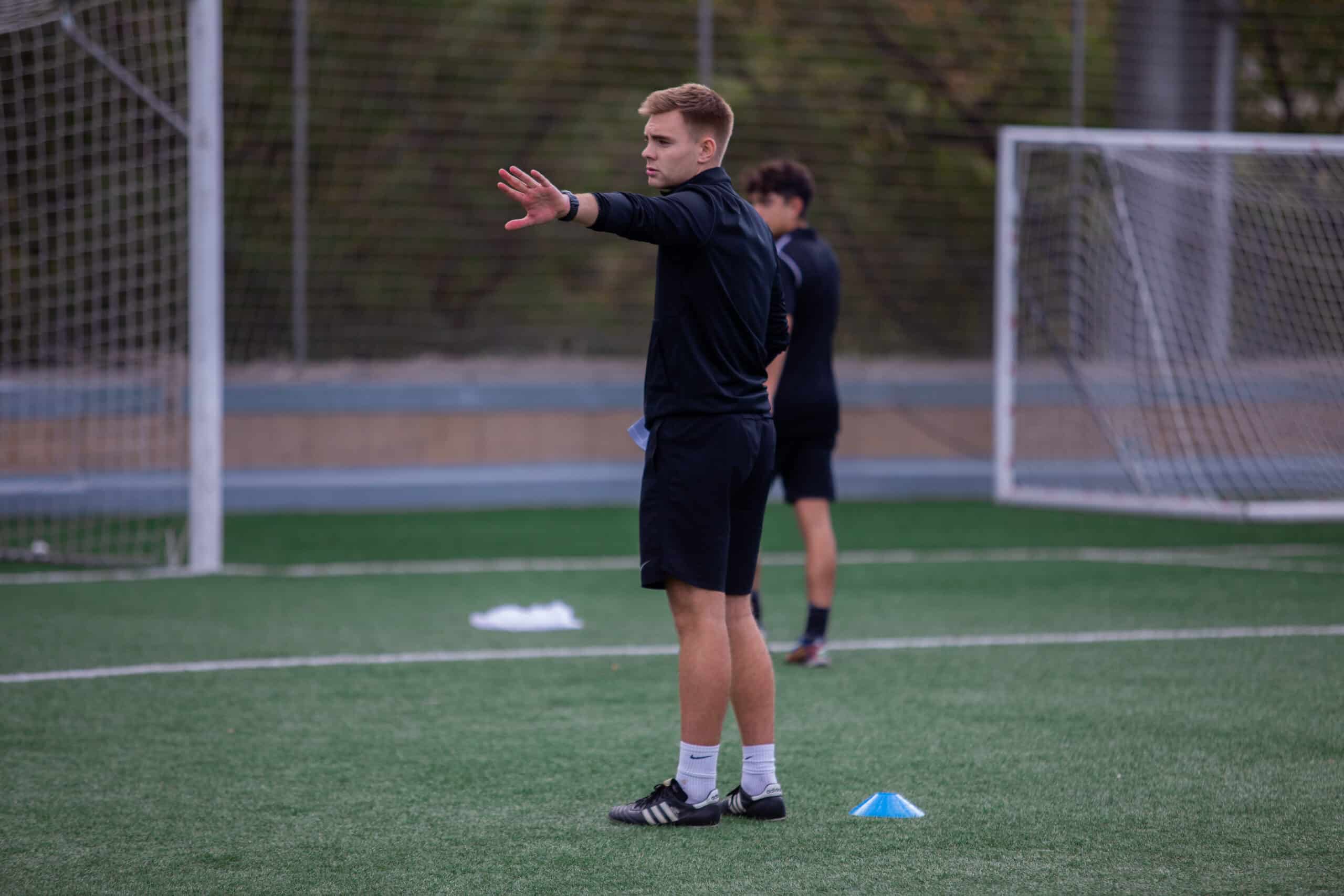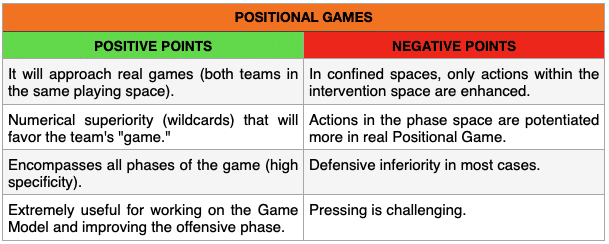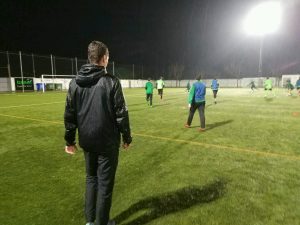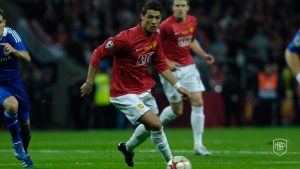In the world of football training, Positional Games (PG) emerge as crucial tools to develop specific fundamentals and tactical concepts.
These tasks, similar to polarised possession games, are immersed in position-specific intervention spaces, with vertical neutrals that expand the possibilities of play. They will also be used primarily to work on specific fundamentals (GM and UCF), although they can also be used to train IBF and CBF.
In the following, we present the most important playing concepts of the Positional Games (POG), based on some general characteristics:
Key Features of Position Games:
– Diagonal distribution at different heights to open up passing lines.
– Importance of width and depth to create pockets in the play.
– Execution of the ‘free man’ concept using the inside neutral.
– Focus on passing to fix opponents, avoiding aimless play.
– Promotion of driving with the ball to attract opponents and create opportunities.
– Passing through lines of pressure to receive the ball behind it.
– Formation of passing triangles and emphasis on the ‘third man’.
– Building superiority from the first line and working defence-attack as an inseparable entity.
– Stay in spaces of intervention to facilitate the Attack-Defence Transition.
These PGs will be very advantageous for training many concepts and content of the game, but also in their application there will be some disadvantages:
Once all the general characteristics and the advantages and disadvantages of using these DSs have been mentioned, 3 different types of tasks within the positional games are specified.
Positional Game of Advantages (PGA):
– Use of less players to provide attacking superiority.
– Ideal for the introduction of new content and concepts.
– Involves less players with a minor attacking advantage.
– Perfect for training perceptual skills, space management and basic fundamentals..
Bidirectional Positional Game:
– Involves a larger number of players (minimum 6vs6).
– Attack in two directions, symmetrical or asymmetrical, to replicate real match situations.
Conclusion
In conclusion, Position Games transcend the lines of the training pitch. They are the compass that guides players towards a deeper understanding of the game, allowing the team to move as a coherent unit. The consistent application of these games not only improves performance on the pitch, but also nurtures the very essence of football: collaboration, creativity and the constant pursuit of excellence.








